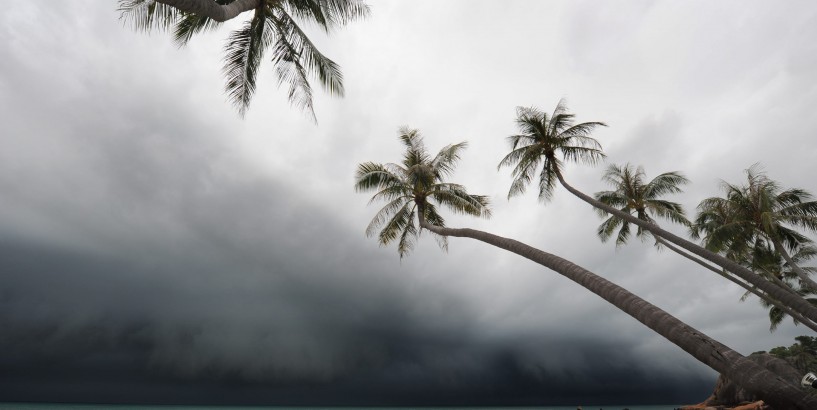In the wake of natural disasters such as hurricanes, some spider populations are becoming more aggressive. According to a peer-reviewed study published in Nature Ecology and Evolution on Monday, damage from extreme weather events such as hurricanes are creating habitat changes that affect animals in those areas.
Researchers found that as a result of these weather events, one spider species, Anelosimus studiosus, has begun to evolve because of natural selection, according to the study.
The study showed that hurricanes decrease the populations of flying insects, so there is less available food for spiders, Jonathan Pruitt, the research chair at McMaster University and study lead author told USA TODAY.
That means the remaining populations need to be able to attack quickly and effectively. Therefore, the aggressive spiders were more likely to survive in the long term.
The spiders are not aggressive towards humans, rather in their own environments for survival purposes.
"It seem hurricanes are a bombastic example of a strong evolutionary event," Pruitt said.
Hurricanes this year: The hurricane season has been rather quiet. Will it last?
Natural selection is the process by which evolution happens. Species genetically adapt to their changing environment, or they don't. The species that adapt survive and reproduce. Then their altered genes are passed down generation to generation.
"We haven’t observed spiders evolving in front of our eyes in this study," David Fisher, one of the study authors told USA TODAY. "We have measured selection induced by (tropical) cyclones; selection is a key part of the evolutionary process."
Pruitt said that what's happening is rapid evolution. With strong natural selection, you can see changes in populations over just a few generations."The average individual (spider) in the next generation is more aggressive," Pruitt said.
Along the Gulf and Atlantic coasts of the United States and Mexico, multi-female colonies of this type of spider lie in the path of tropical cyclones during the summer and fall.
(A "tropical cyclone" is an umbrella term that includes all tropical storms and hurricanes.)









